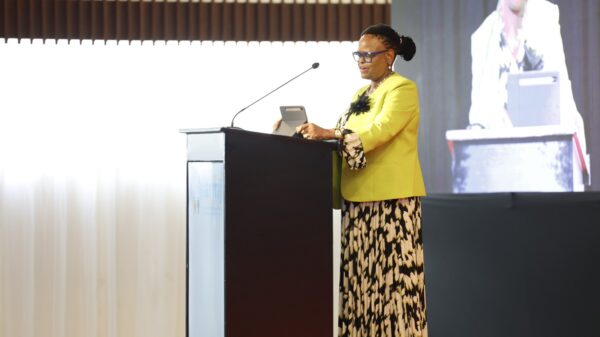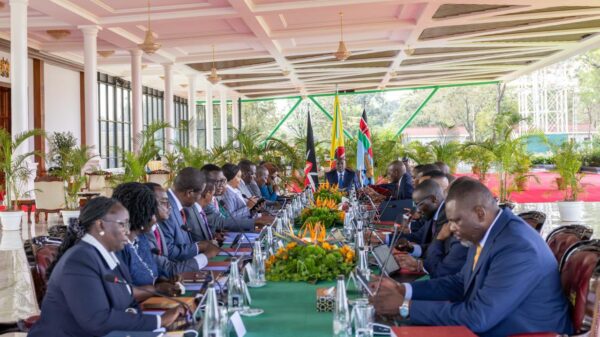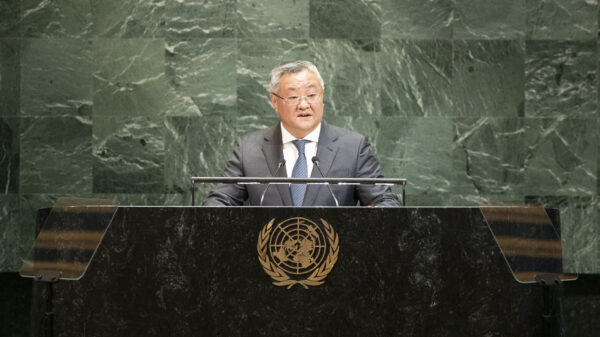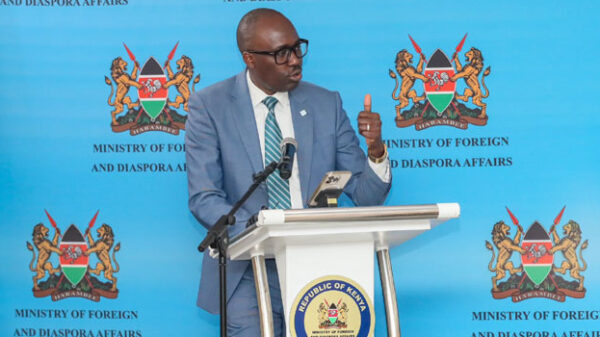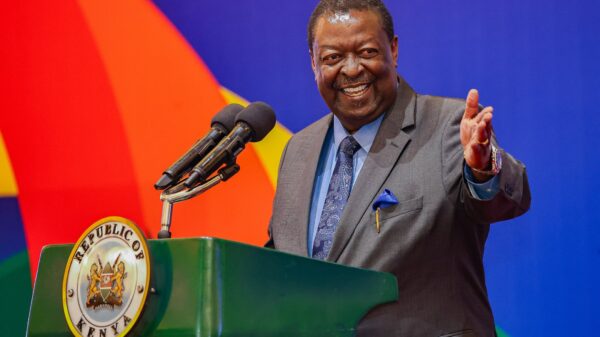Between May 7 and May 10, 2025, India and Pakistan engaged in one of their most intense military confrontations in recent history—a largely aerial conflict marked by precision drone strikes, missile exchanges, and the use of advanced air defence systems.
The escalation began with Pakistan launching strikes targeting both civilian and military infrastructure across India. However, the damage was limited due to India’s effective deployment of its air defence network. In retaliation, Indian forces struck multiple sites deep within Pakistan, reportedly targeting terror-linked infrastructure. Among the arsenal used were Israeli-made Harop loitering munitions, with major cities including Lahore witnessing direct hits. Notably, Indian forces destroyed Pakistani air defence installations in Lahore.
In response, Pakistan launched a wave of drones and missiles, most of which were intercepted. India then targeted 11 Pakistani air bases, primarily in Punjab and Sindh provinces. While the Indian military avoided full-scale operations in Khyber Pakhtunkhwa and Balochistan, minor drone activity was reported near Peshawar. The furthest Indian strike reportedly reached Jacobabad Air Base, on the border of Sindh and Balochistan.
Balochistan Erupts Amid Regional Tensions
Balochistan, a province long plagued by insurgency since its annexation by Pakistan in 1948, witnessed a sharp spike in militant activity during the conflict.
According to open-source intelligence and insurgent statements, the Baloch Liberation Army (BLA)—specifically its Bashir Zeb faction—launched a sweeping offensive dubbed Operation Herof 2.0. Over four days, the group claimed responsibility for 71 attacks across 51 locations in Balochistan. Their targets included military convoys, security checkpoints, intelligence outposts, mineral transport routes, and alleged members of state-backed “death squads.”
The BLA said the operation was designed to test its operational coordination, territorial control, and combat readiness for future engagements. Even after the India-Pakistan hostilities ceased in a declared ceasefire, the group claimed seven additional attacks, bringing the total under Operation Herof 2.0 to 78 by May 13.
The Baloch Liberation Front (BLF), led by Dr. Allah Nazar Baloch and part of the larger Baluch Raji Ajoi Sangar (BRAS) coalition, also intensified its operations during this period. Both groups described the regional confrontation as an opportunity to assert Balochistan’s longstanding demand for self-determination.
In a series of statements, the BLA declared that “a new order has become inevitable,” reiterating its stance that the Baloch people are the rightful heirs to the region. The group labelled Pakistan a “breeding ground for terrorism” and called on neighbouring countries—Iran, Afghanistan, and India—for political and logistical support.
The BLF echoed this rhetoric, criticising the international community for focusing on Kashmir while ignoring Balochistan. Leaders cited historical Islamic opposition to the creation of Pakistan and claimed that local religious figures in Balochistan have issued fatwas against the Pakistani state.
Both the BLA and BLF made direct appeals to India. The BLA offered to serve as a “military arm” should India decide to challenge Pakistan more forcefully. Dr. Allah Nazar Baloch went further, requesting 93,000 rifles—symbolically matching the number of Pakistani troops who surrendered in the 1971 war—promising to use them in continued armed struggle.
Calculated Restraint or Strategic Messaging?
India’s decision not to expand its military operations into Balochistan has been interpreted by analysts as a deliberate act of strategic restraint—aimed at avoiding broader regional escalation. This move also limited Islamabad’s ability to justify an intensified crackdown on Baloch militants by attributing their actions to direct Indian provocation.
Despite India’s official policy of non-interference, Pakistan has long accused it of covertly supporting Baloch separatists. These accusations have persisted since the days of the princely states’ integration, although New Delhi has consistently denied involvement.
Still, the visible coordination of Baloch militant groups during the conflict—and their open overtures to India—could intensify Pakistan’s domestic security operations and harden its geopolitical narrative that frames internal unrest as externally driven.




